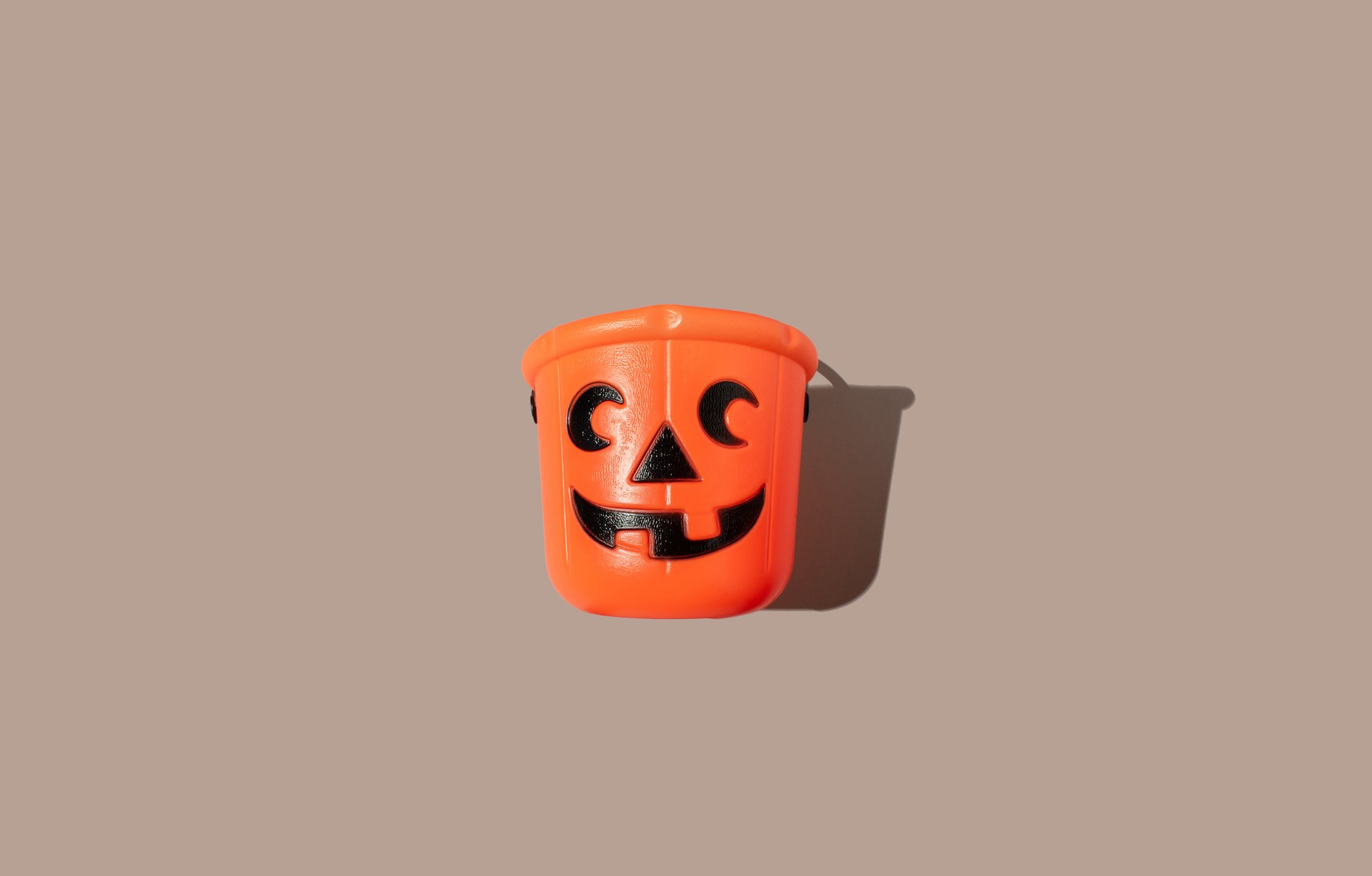How do Halloween stores keep the spirit alive the rest of the year?
At the heart of a Halloween store’s success is a meticulous inventory strategy

As the last trick-or-treaters head home and Halloween night comes to a close, one might wonder: What happens to Halloween stores when the costumes and candy vanish?
Suggested Reading
Seasonal retailers like Spirit Halloween have crafted a clever business model that allows them to survive even after the ghosts and goblins are packed away.
Related Content
At the heart of a Halloween store’s success is a meticulous inventory strategy, according to Marin Cristian-Ovidiu, CEO of Online Games. This requires advanced forecasting techniques, precise planning, and a deep understanding of market rhythms.
“They prepare for consumer demand peaks, ensuring the right products are available at the right time without overstocking,” Ovidiu said. This approach minimizes surplus and reduces post-season markdowns, keeping costs in check while maximizing profits.
Halloween stores can achieve remarkable annual revenue in just a few weeks, a rarity in retail. But how do these stores sustain themselves year-round? Kaveh Vahdat, founder of RiseOpp, told Quartz that their strategy centers on a pop-up model, usually occupying spaces left vacant by big-box retailers.
“This gives them access to prime locations without long-term leasing commitments,” he says. Many retailers rely on cash flow generated in those short weeks to fund operations during the quieter months. However, Vahdat notes, “There’s no universal strategy here.” Success hinges on the store’s ability to manage costs and adapt offerings, including marking up prices on costumes and seasonal decor.
To thrive, Halloween retailers must have a keen grasp of consumer trends, Vahdat argues. Each year, they dive into market research that draws on pop culture and seasonal buzz to curate the right product mix. The popularity of Halloween items inspired by blockbuster movies or viral social media moments “isn’t accidental,” it’s the result of precise trend monitoring. The strategy enables retailers to launch high-demand products swiftly, which can set them apart in a fast-paced, time-sensitive industry.
Despite being a seasonal business, Halloween stores keep the spirit alive year-round through strategic partnerships. Seasonal retailers frequently team up with horror franchises, gaming companies, and pop culture icons to stay relevant and generate off-season demand. Ovidiu of Online Games says that cross-promotions and collaborations are common in the gaming industry, and can keep the business dynamic and connected with its audience throughout the year.
Some brands, like Spirit Halloween, have begun experimenting with pop-ups for other holidays like Christmas. Dubbed “Spirit Christmas,” the approach not only demonstrates flexibility, it also helps drive seasonal employment opportunities, creating jobs for local workers rather than simply occupying a space and vanishing after the season ends. This year alone, Spirit Halloween hired 50,000 seasonal employees. By maintaining a presence during multiple holidays, these retailers stand to cultivate a loyal customer base eager for year-round engagement, while contributing to the local economy.
Even so, Halloween has become retail’s new darling, at least for now. With projected spending of $11.6 billion in 2024, Halloween is fast approaching Christmas-level notoriety for both retailers and consumers.